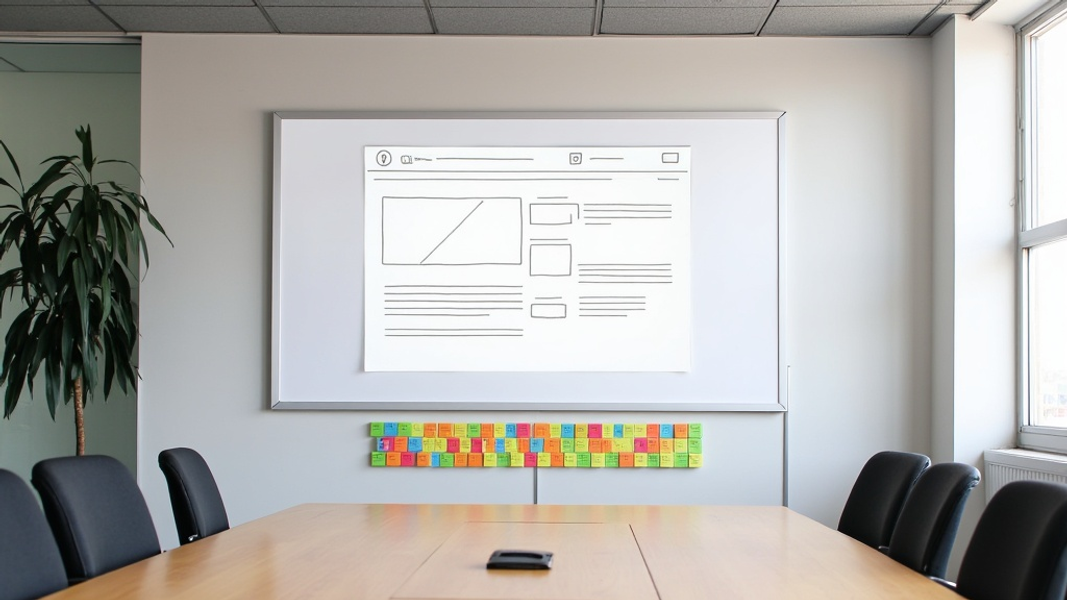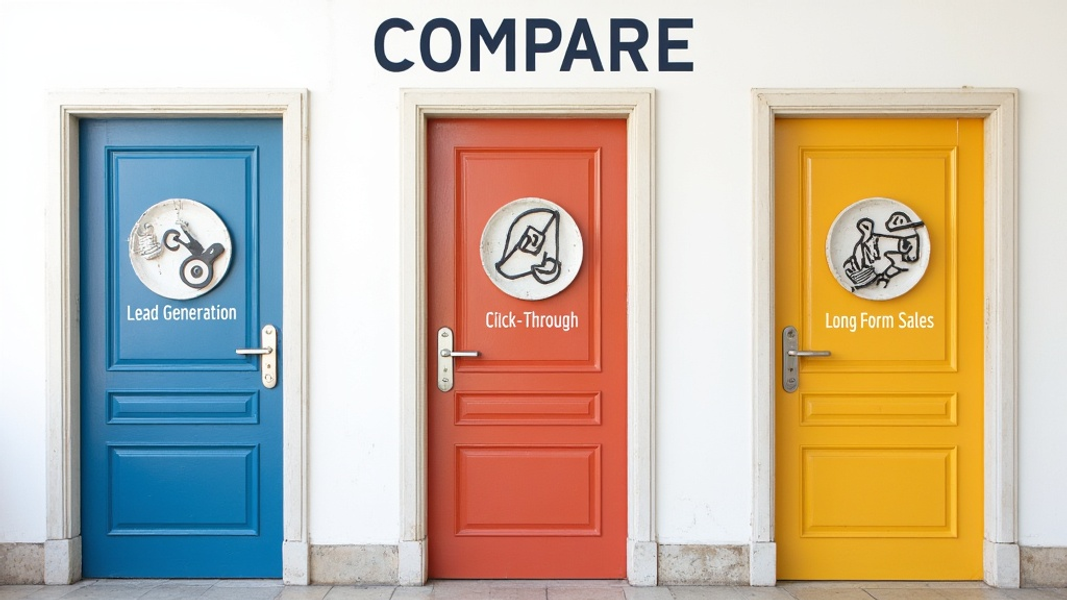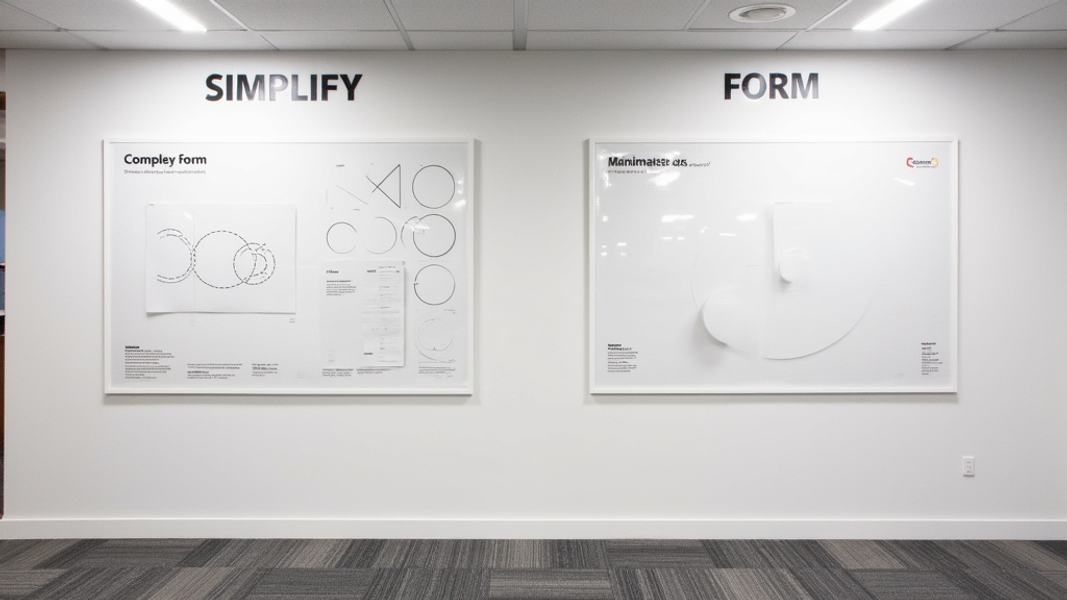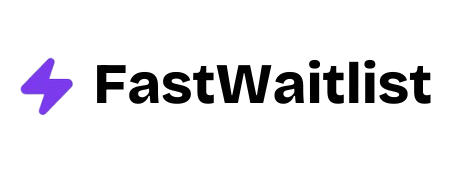
Did you know that the average landing page conversion rate across industries is only 2.35%? That's a lot of missed opportunities for businesses. But don't worry - this guide will teach you how to create high-converting landing pages that beat the average and drive real results for your business.
What is a Landing Page?
A landing page is a standalone web page designed for a specific purpose. Unlike regular website pages, landing pages have one clear goal: to convert visitors into leads or customers. They're the digital equivalent of a focused sales pitch, cutting out distractions and guiding visitors towards a single action.
Key Elements of an Effective Landing Page
The best landing pages share some common features. They have a compelling headline that grabs attention right away. The copy is clear and focused on benefits, not just features. There's usually a form to capture visitor information, and a strong call-to-action (CTA) that tells people exactly what to do next.
Images and videos can help too, but they need to support the main message, not distract from it. Social proof, like customer testimonials or trust badges, can also boost credibility and encourage conversions.
Remember, simplicity is key. A good landing page doesn't overwhelm visitors with too many choices or too much information. It presents a clear offer and makes it easy for people to say "yes."
Benefits of Using Landing Pages
Landing pages are powerful tools for businesses of all sizes. Here's why they're so valuable:
Increased Conversion Rates
By focusing on a single goal, landing pages can dramatically improve your conversion rates. When visitors aren't distracted by other options, they're more likely to take the action you want them to. This targeted approach can lead to more sign-ups, sales, or whatever metric you're aiming to improve.
Improved Lead Generation
Landing pages are excellent for capturing leads. By offering something valuable in exchange for contact information, you can build a list of potential customers who are interested in what you have to offer. This is especially useful for businesses with longer sales cycles or those looking to nurture relationships over time.
Better Tracking and Analytics
With a dedicated landing page, it's easier to track how well your marketing efforts are performing. You can see exactly how many people are visiting the page, where they're coming from, and what percentage are converting. This data is invaluable for refining your marketing strategy and improving your results over time.
Types of Landing Pages
Not all landing pages are created equal. Different goals call for different types of pages. Here are some common varieties:
Lead Generation Landing Pages
These pages are designed to collect information from visitors, usually through a form. They might offer a free ebook, webinar access, or newsletter subscription in exchange for an email address or other contact details.
Click-Through Landing Pages
The goal of these pages is to warm up potential customers and move them further down the sales funnel. They provide more information about a product or service and then link to a page where the actual purchase can be made.
Sales Pages
These are longer, more detailed pages that aim to convince visitors to buy a product or service right away. They often include extensive information, testimonials, FAQs, and multiple calls-to-action throughout the page.
Thank You Pages
Often overlooked, thank you pages appear after a visitor has completed an action. They confirm the action, provide any promised resources, and can also be used to offer additional value or upsell opportunities.

Planning Your Landing Page
Before you start designing, it's crucial to plan your landing page carefully. This groundwork will make the rest of the process much smoother and more effective.
Defining Your Goals and Target Audience
Start by asking yourself: What exactly do you want to achieve with this landing page? Are you looking to generate leads, make sales, or something else? Be specific. Instead of "get more customers," aim for "increase email sign-ups by 25% this quarter."
Next, think about who you're trying to reach. Create a clear picture of your ideal visitor. What are their needs, pain points, and desires? Understanding your audience will help you craft a message that resonates with them.
Choosing Your Offer and Unique Value Proposition
What are you offering visitors in exchange for their action? Whether it's a free trial, an ebook, or a product for purchase, make sure it's something your target audience truly wants or needs.
Your unique value proposition (UVP) is a clear statement that describes the benefit of your offer, how you solve your customer's needs, and what distinguishes you from the competition. It should be prominently displayed on your landing page and inform all your copy.
Outlining Your Page Structure and Content
Now, sketch out the basic structure of your page. What elements will you include? In what order? A typical structure might look like this:
- Headline and subheadline
- Brief explanation of your offer
- Key benefits or features
- Social proof (testimonials, case studies, etc.)
- Call-to-action
- Additional details or FAQs
Remember, the goal is to guide visitors logically towards your call-to-action. Each section should build on the last, addressing potential objections and reinforcing the value of your offer.
Designing Your Landing Page
With your plan in place, it's time to bring your landing page to life. Here's how to create a design that captures attention and drives conversions:
Choosing a Landing Page Builder
Unless you're a web developer, you'll probably want to use a landing page builder. Tools like Unbounce, Leadpages, or Instapage make it easy to create professional-looking pages without coding knowledge. Look for a builder that offers responsive design, A/B testing capabilities, and integrations with your other marketing tools.
Selecting a Template or Starting from Scratch
Most builders offer a variety of templates to choose from. Pick one that aligns with your brand and the type of landing page you're creating. Don't be afraid to customize it heavily - the goal is to stand out, not blend in.
If you have specific design needs or want complete control, starting from scratch might be the way to go. Just make sure you're following best practices for layout and user experience.
Creating an Attention-Grabbing Headline
Your headline is the first thing visitors will see, so it needs to pack a punch. Make it clear, compelling, and focused on the main benefit of your offer. For example, "Double Your Email List in 30 Days" is more powerful than "Email Marketing Tips."
Crafting Compelling Copy
Your copy should be clear, concise, and focused on benefits rather than features. Use simple language and short paragraphs to make it easy to read. Address your visitors' pain points and show how your offer solves their problems.
Use bullet points to highlight key benefits, but don't overdo it. Remember, we're aiming for a paragraph-first approach. Your copy should tell a story that leads naturally to your call-to-action.
Adding High-Quality Visuals
Images and videos can help explain your offer and create an emotional connection with visitors. Use high-quality, relevant visuals that support your message. If you're selling a physical product, include clear product images. For services, consider using images of people benefiting from your offer.
Designing an Effective Call-to-Action (CTA)
Your CTA is where all your efforts come together. Make it stand out with contrasting colors and clear, action-oriented text. Instead of "Submit," try something like "Get My Free Ebook" or "Start My 30-Day Trial."
Place your main CTA above the fold (visible without scrolling) and repeat it throughout the page for longer landing pages. Make sure it's large enough to tap easily on mobile devices.
Optimizing Your Landing Page
Creating your landing page is just the first step. To maximize its effectiveness, you need to optimize every element:
Implementing Responsive Design
With more people browsing on mobile devices, your landing page must look good and function well on all screen sizes. Test your page on various devices and browsers to ensure a smooth experience for all visitors.
Improving Page Load Speed
A slow-loading page can kill your conversion rate. Optimize your images, minimize code, and consider using a content delivery network (CDN) to speed up load times. Tools like Google PageSpeed Insights can help you identify and fix speed issues.
Using A/B Testing to Refine Your Page
A/B testing involves creating two versions of your page with one element changed, then seeing which performs better. You might test different headlines, images, CTAs, or even entirely different layouts. Most landing page builders include A/B testing tools to make this process easier.
Incorporating Social Proof and Testimonials
People trust other people more than they trust companies. Include testimonials from satisfied customers, case studies showing real results, or trust badges from well-known brands you've worked with. This social proof can significantly boost your credibility and conversion rates.
Ensuring Form Optimization
If your landing page includes a form, make sure it's not a barrier to conversion. Only ask for the information you absolutely need. The longer your form, the less likely people are to complete it. Consider using smart forms that adapt based on user input to streamline the process.

Driving Traffic to Your Landing Page
Even the best landing page won't convert if no one sees it. Here's how to get eyes on your page:
Paid Advertising
Platforms like Google Ads and social media advertising allow you to target specific audiences with your landing page. Make sure your ad copy aligns closely with your landing page to maintain a consistent message.
Email Marketing Campaigns
If you have an email list, use it to promote your landing page. Segment your list to ensure you're sending the most relevant offers to each group of subscribers.
Social Media Promotion
Share your landing page on your social media channels. Consider creating platform-specific content that leads back to your landing page, like Instagram stories or LinkedIn articles.
Content Marketing and SEO
Create blog posts, videos, or podcasts that address topics related to your offer, then link to your landing page as the next step for viewers. Optimize your landing page for relevant keywords to improve its chances of ranking in search results.
Measuring Landing Page Performance
To improve your landing pages over time, you need to track their performance closely:
Key Metrics to Track
Focus on these important metrics:
- Conversion rate: The percentage of visitors who take your desired action.
- Bounce rate: The percentage of visitors who leave without interacting with the page.
- Time on page: How long visitors spend on your landing page.
- Source/medium: Where your traffic is coming from.
Using Analytics Tools
Tools like Google Analytics provide detailed data on how visitors interact with your page. Heatmap tools like Hotjar can show you exactly where people are clicking and how far they're scrolling.
Interpreting Data and Making Improvements
Regularly review your data and look for patterns. Are certain traffic sources converting better than others? Do people tend to drop off at a specific point on your page? Use these insights to make informed decisions about how to improve your landing page.
Case Study: Successful Landing Page Example
Let's look at a real-world example of a high-converting landing page. Unbounce, a popular landing page builder, created a landing page for their "Conversion Benchmark Report." Here's why it worked:
- Clear, benefit-driven headline: "Discover Your Industry's Average Conversion Rates"
- Simple form with just three fields
- Bulleted list of what's included in the report
- Social proof in the form of logos from well-known companies
- Clear CTA: "Get My Free Report"
This landing page converted at an impressive 45%, well above the industry average. By focusing on a specific, valuable offer and making it easy for visitors to claim it, Unbounce created a highly effective landing page.
FAQ
How long should my landing page be?
There's no one-size-fits-all answer. The length of your landing page should depend on the complexity of your offer and how much information your audience needs to make a decision. A simple email sign-up might only need a short page, while a high-ticket product or service might require a longer page with more details.
Can I use the same landing page for different traffic sources?
While it's possible, it's often more effective to create slightly different versions of your landing page for different traffic sources. This allows you to tailor the message to the specific audience and their stage in the customer journey.
How often should I update my landing page?
Regularly! Don't just set it and forget it. Aim to review your landing page performance at least monthly, and make updates based on your data and any changes in your offer or market conditions.
Creating effective landing pages is both an art and a science. It requires a deep understanding of your audience, clear communication, and constant testing and refinement. But with the strategies outlined in this guide, you're well-equipped to create landing pages that convert visitors into leads and customers. Remember, the key is to stay focused on your goal, provide value to your visitors, and always be testing and improving. Happy landing page building!
